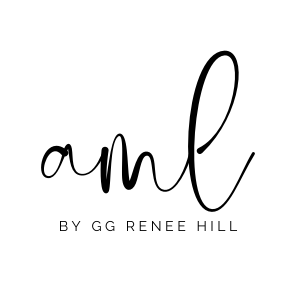collective grief
august 6 | weekly warm-up
from Willamette Writers Workshop
Tell the real or imagined story of a “village” sitting with collective grief. Perhaps you imagine a ceremony or setting in which two or more people will gather. Describe it. Write it as if it’s happening. Who is there? What is said or not said? What ritual is here? Or perhaps you write the true story of when you were a part of a village sitting with collective grief. Consider spaces where there tends to be cultural discomfort with this (eg. work, school, among friends or acquaintances, in public). As a third option, tell the story of a large community or globe grieving collectively. What could that look like, sound like, feel like? What could be the ceremony for our species to grieve together?
“When we experience things that cause grief and loss, and we don’t actually make space to process what is held within us. Not just our own, but our ancestors as well…we’re gonna pass the grief on and replicate more trauma and oppression. We need tools to actually be in community, to grieve.”- Michelle Cassandra Johnson
When I was a kid, I believed that I had the power to help others by hurting along with them. I’d sit on the floor at the feet of my grandmother watching the news, collecting bits and pieces of sad stories, disasters and disturbing images. I’d spend time with the fear, pain, and loss of each tragedy; it was a duty I couldn’t control. I thought, How can I go outside and play when people are starving, suffering, and dying? I haven’t changed much. I still have a hard time not taking on the world’s pain as my own. Working as a writer and facilitator of stories are both ways that I cope with the heaviness.
As I have repeated throughout this series on grief, my intention is to provide constructive ways for you, as writers, to explore complicated topics without retraumatization or overwhelm. At the same time, I want to provide creative inspiration for you to approach difficult topics from a place of empowerment, healing, and craft. This is our last week on the theme of grief and love, and we’re reflecting on collective grief. Collective grief happens when a community, culture, society, village, or nation all experience extreme change or loss.
Michelle Cassandra Johnson, author of Finding Refuge: Heart Work for Healing Collective Grief, says, “People are grieving all the time and not acknowledging it. I think we need to recognize that people are moving around brokenhearted. How does that manifest physically, emotionally, mentally, spiritually?” As artists, how do we showcase these layers in our characters and stories?
Many of us unconsciously carry the pain and feelings of others, of the human condition, and feel weighed down by it all, but don’t know how to transmute it. Johnson says that collective grief can be very shadow like, and it’s important to name it. There are many ways to do this through our writing. We can explore the impact of collective grief when we include what’s going on in the world when we are writing about our personal lives. We can consider the history of our characters and how grief affects their behavior and story arc. We can provide medicine by writing about the traditions and healing practices of our people.
So this week, our exercise is to reflect on how we process collective grief creatively.

